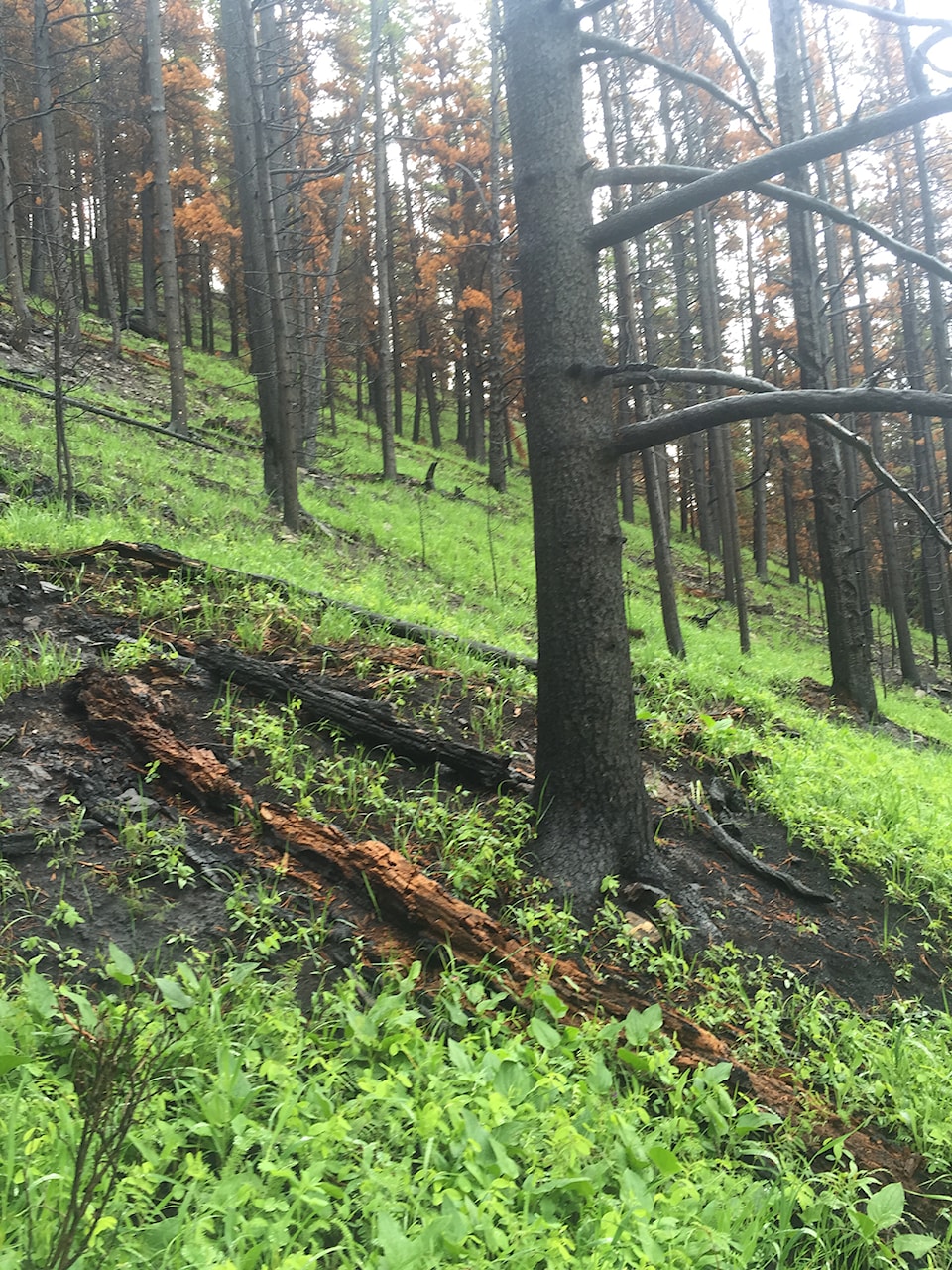The 2016 wildfire season in the Rocky Forest Area was calmer than usual thanks to a wet summer, although, as the world knows, that wasn’t the case in northern Alberta.
Barry Shellian, Alberta Agriculture and Forestry area information co-ordinator for the Rocky Forest Area, said Tuesday that there were 102 wildfires that destroyed 90.34 hectares in the forest west of Red Deer. Of these, 70 were caused by humans, 25 were from lightning and seven are under investigation or undetermined.
That compares to last year where there were 236 wildfires. Humans caused 160, 67 were from lightning, and nine are under investigation.
In Alberta overall there were 1,329 wildfires this year, close to the five-year average of 1,380 wildfires — but that belies the true picture. Some 611,816.75 hectares burned up in the province, well above the five-year average of 366,601.99 hectares, and most was in the Fort McMurray area.
In early May, the Horse River wildfire devoured 590,000 hectares of forest, and caused everyone in Fort McMurray to flee for their lives as it also destroyed 2,400 of homes. It is now the costliest disaster in Canada.
The dry spring led the provincial government to declare the 2016 wildfire season a month early, on March 1 but it will end as normal on Oct. 31.
While the wildfires in the Rocky Forest Area were down this year largely because it rained a lot, Shellian said he’s hopeful it’s also because the fire prevention message is reaching people.
There’s been a trend over the last few years of more people calling the 310-FIRE (3473) wildfire reporting line, and more people are using the Alberta Wildfire smartphone application, said Shellian, who spent much of his summer working in the Fort McMurray area.
This season prescribed fires were done in the Wapiabi area northwest of Nordegg and the Meadows area about 80 km west of Rocky Mountain House. The department also helped Parks Canada with a prescribed fire around the Rocky Mountain House National Historic Site.
These prescribed fires help reduce the intensity of future catastrophic wildfires, help forest rejuvenate and create fire guards.
barr@www.reddeeradvocate.com
